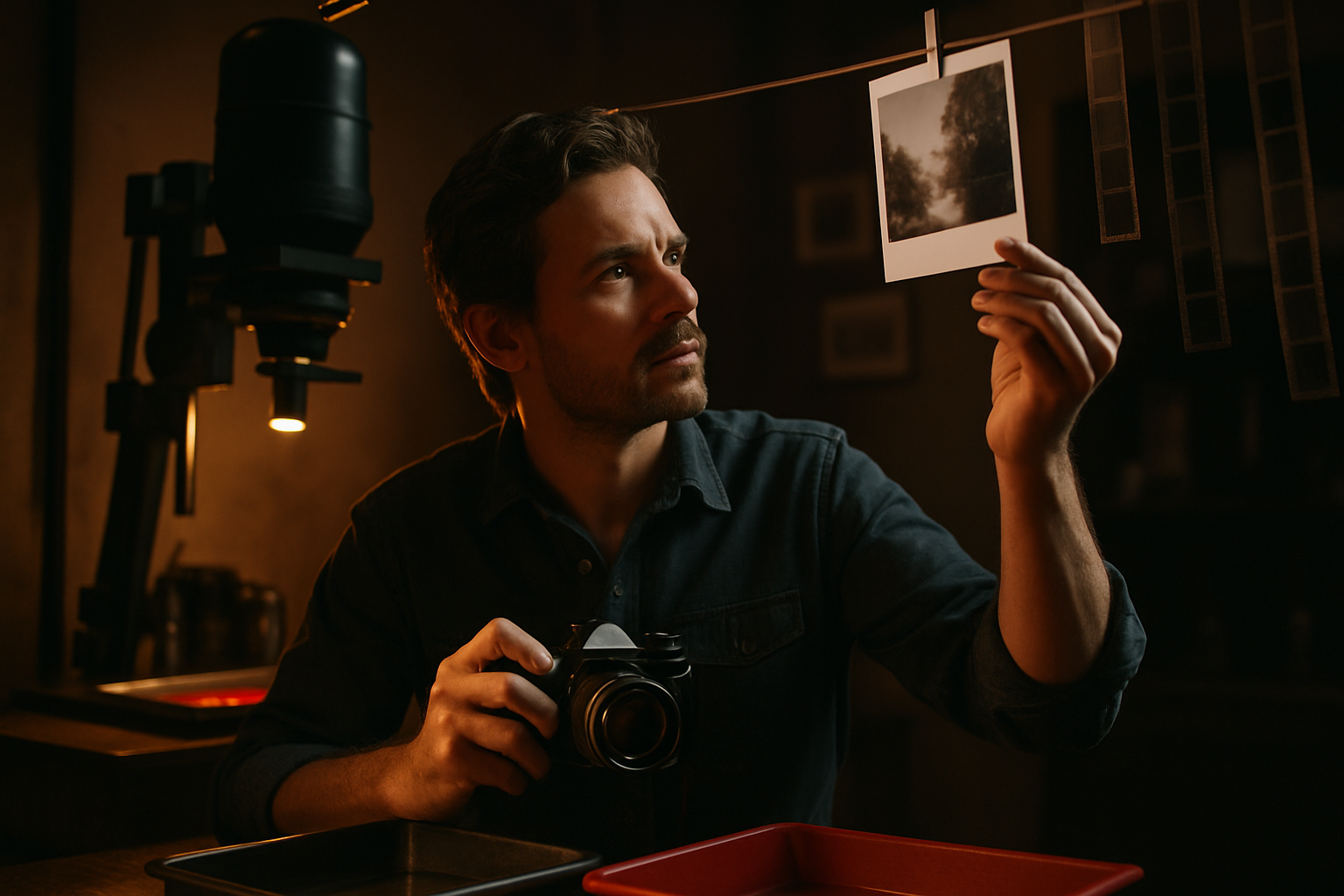Planning Location Shoots Across Time Zones and Cultures
Coordinating location shoots that span time zones and cultural contexts requires clear logistics, cultural awareness, and a flexible creative process. This article outlines practical steps to plan imaging projects for portraits, events, products and more while respecting local customs and maintaining consistent technical quality.

Planning a location shoot across different time zones and cultures demands more than booking flights and gear. It starts with research into local norms, realistic scheduling that accounts for travel fatigue and daylight hours, and building a workflow that preserves consistency in imaging output. Whether you are shooting candid street portraits, staged headshots, product photography, or event coverage, attention to lighting, composition, and post-shoot editing will keep your portfolio cohesive and your clients informed.
Imaging and consistency
Maintaining consistent imaging across locations means defining visual standards before arrival. Create sample frames for color balance, exposure range, and composition so local assistants and stylists understand your intent. Use calibrated monitors, shoot color targets, and record camera profiles to reduce surprises in retouching. Consistency helps when combining images from studio and location work for prints, online galleries, or licensing packages. Clear technical notes in your workflow reduce time spent on extensive editing later.
Portraits in diverse settings
Shooting portraits in different cultural contexts requires planning for both aesthetic and interpersonal factors. Scout locations remotely where possible and select backdrops that complement skin tones and wardrobe. Be mindful of cultural norms around personal space, attire, and posing; brief subjects and any local chaperones before shooting. For headshots and candid portraits, adapt composition to highlight personality while staying respectful. Portable modifiers and a compact kit can help you achieve consistent results when a full studio setup isn’t available.
Events and cultural sensitivity
Event coverage across cultures calls for careful liaison with organizers to understand rituals, timing, and photography restrictions. Build buffers into your schedule for ceremonies that run long or shift timing; in many places events start late or follow fluid timelines. Prepare multiple coverage plans—one for tight candid coverage, another for staged group portraits—and communicate them to clients and local contacts. Use quiet, unobtrusive lighting and be prepared to switch to natural light quickly if flash is unwelcome.
Lighting and composition adapting
Lighting conditions vary widely by location and time zone. Plan for the golden hours in local time, but also create setups for interior lighting and mixed-light scenarios. Bring portable lighting that can run on battery power and be modified for soft or directional effects. Composition should respect local architecture and environmental features; sometimes including context enriches portraits and events, other times a neutral background suits product or headshot work better. A clear shot list with lighting diagrams helps assistants reproduce setups reliably.
Workflow: editing and retouching
A robust workflow supports consistent editing and retouching across geographically distributed shoots. Establish naming conventions, backup routines, and an editing pipeline that specifies RAW processing defaults, retouching limits, and export settings for web, prints, and licensing. Cloud-based transfer and proofing tools allow clients and local partners to review selects in their time zones, accelerating approvals. Build in time for color grading to match studio and location imagery so the final portfolio presents a unified visual identity.
Licensing, portfolio and prints
Understand local regulations and client expectations around licensing and prints before shooting. Contracts should clarify usage rights, geographic scope, and print distribution. If you plan to sell prints or license imagery locally, verify any required local business registrations or taxes. Keep portfolio edits separate from client-delivered files and maintain clear metadata for licensing purposes. When shipping prints internationally, plan for customs and packaging that protect the work.
Conclusion Successful location shoots across time zones and cultures combine logistical planning, cultural respect, and technical discipline. Define visual standards, adapt lighting and composition to local conditions, and protect your workflow with clear file handling and licensing practices. By preparing for schedule variability and prioritizing communication with local partners and subjects, you can deliver consistent, high-quality imaging for portraits, events, products, and more while honoring the contexts in which you work.




